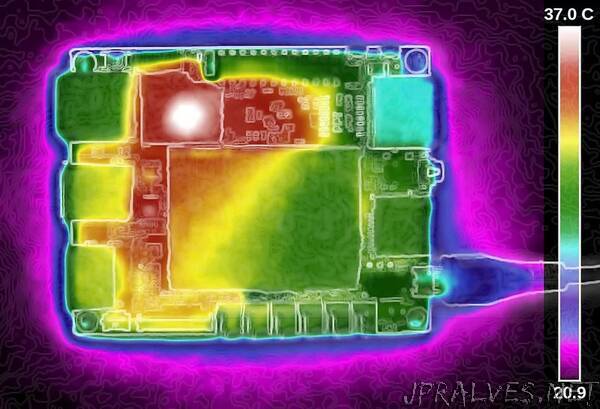
“This article will discuss design practices that ensure better thermal management, including some common methods for removing excess heat from a PCB.
Most electronic components dissipate heat whenever a current flows through them. The amount of heat depends on the power, device characteristics, and circuit design. Besides the components, the resistance of the electrical connections, copper traces, and vias contribute to some heat, and power losses.
To avoid failures or circuit malfunctions, designers should aim at producing PCBs that operate and remain within safe temperature limits. While some circuits will work without additional cooling, there are situations where adding heat sinks, cooling fans, or a combination of several mechanisms is inevitable.
This article will discuss design practices that ensure better thermal management, including some common methods for removing excess heat from a PCB.
Good PCB Design Practices
Major issues to consider during design are:
- Performance data and dimensions of the components
- Major heat-dissipating components
- Size of the PCB
- PCB material, layout, and component placement
- Mounting peripherals
- Temperature of the application environment
- Amount of heat dissipated
- Appropriate cooling methods, i.e., cooling fans, heat sink, etc.
A best practice is to manage the temperature at the component and system level while considering the operating environment. Factors to consider when deciding on a cooling mechanism include the package properties of the semiconductor, heat dissipation properties, etc. This information is usually available from the manufacturer’s datasheet.
Natural convection cooling is adequate for PCBs with small amounts of heat dissipation. However, PCBs with excess heat require heat sinks, heat pipes, fans, thick copper or a combination of several cooling techniques.”
